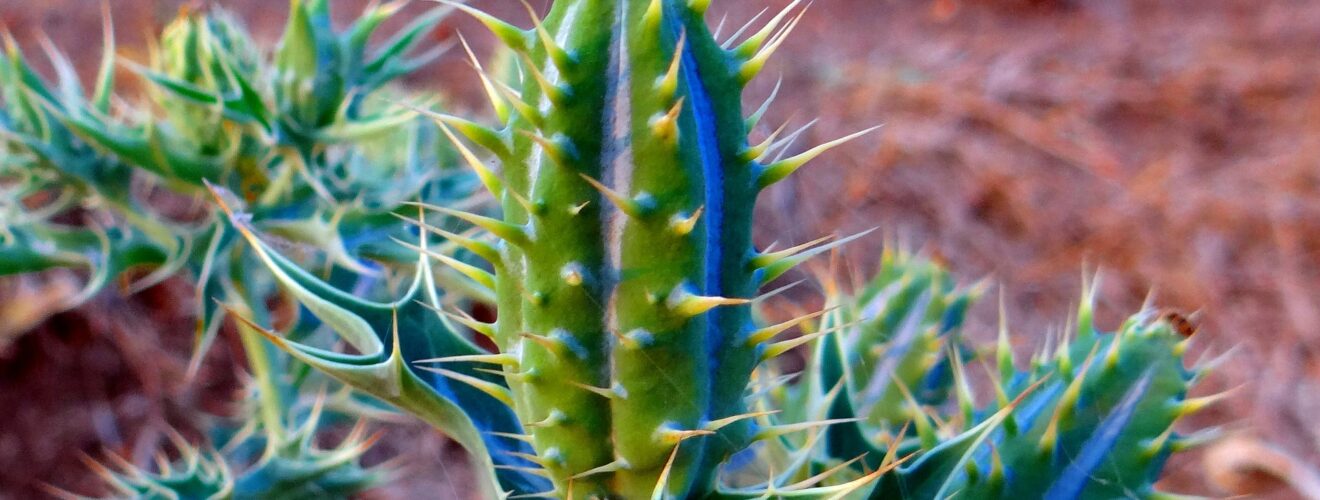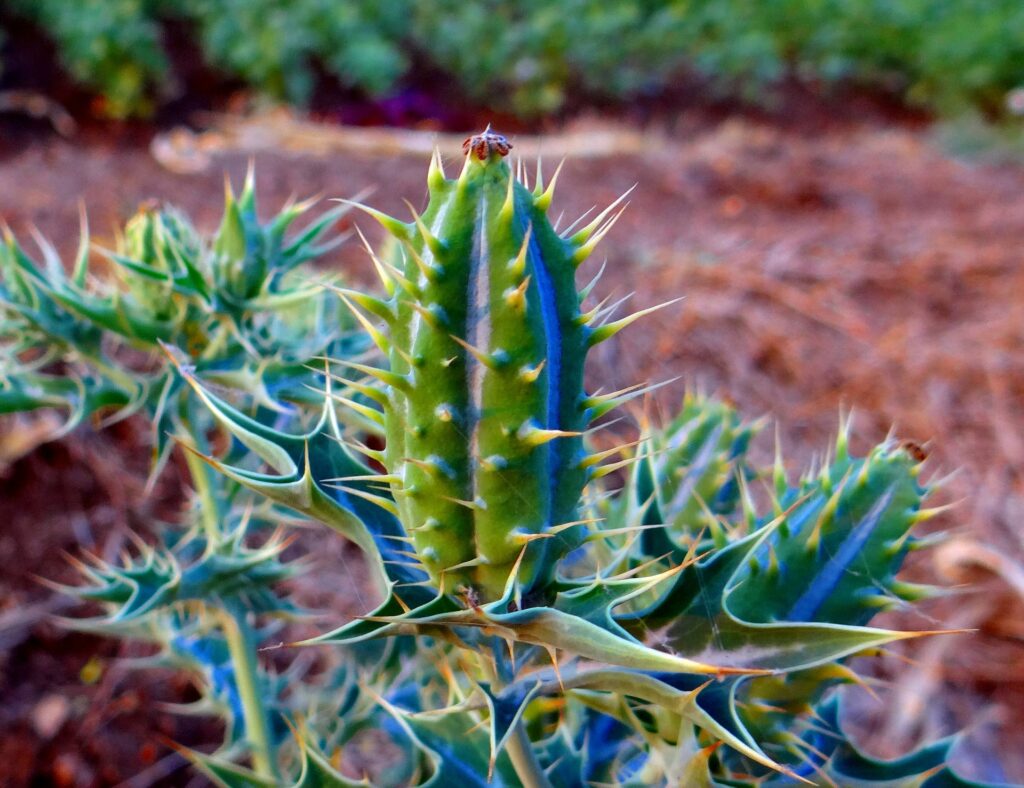How to Check Argemone Seeds Adulteration in Mustard, as per FSSAI

Contaminated in standard food sources is turning out to be more successive, which involves concern from a public mindfulness outlook as well as from a wellbeing viewpoint. Accordingly, the Food Safety and Standards Authority of India (FSSAI) keeps on giving accommodating clues to identifying such debasement. Food guilty pleasure deludes the shopper and puts their wellbeing in danger.
The objective is to order a rundown of average strategies for food defilements regularly recognized in India, as per the FSSAI’s site.
What are Argemone Seeds?
Argemone seeds are developed close by mustard seeds. The seeds of the argemone look like mustard seeds. They mature simultaneously as the mustard crop and can be collected simultaneously. In any case, they are unpalatable.
How mischief treats cause?
These plants can make moment uneasiness and bothering the lips, mouth, and tongue when bitten. They can lead to breathing issues in serious cases by making enlarging in the mouth and throat.

Steps to check Adulteration in Mustard:
Adulterated food is much more harmful than oily and deep-fried food. Realizing the importance of the health of citizens, FSSAI has taken an initiative on Twitter, which is called #DetectingFoodAdulterants
In this awareness series, once a week, they share an easy trick that you can also try to detect whether your food is adulterated or not. Here’s a quick test to detect if your mustard seeds are contaminated with argemone seeds.
On a glass plate, spread mustard seeds.
Examine closely with a magnifying glass for any gritty, rough surface seeds that are black in colour.


